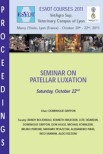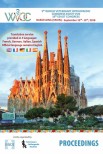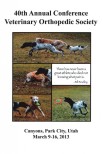Summary
Reasons for performing study
Although fractures of the proximal phalanx are one of the most common long bone fractures of Thoroughbred horses in training, limited details on variations in morphology and radiological progression have been published.
Objectives
To describe in detail the configuration of parasagittal fractures of the proximal phalanx in a group of Thoroughbred racehorses, to report fracture distribution within this group of horses and to document radiological progression of fracture healing in cases treated by internal fixation.
Study design
Restrospective case series.
Methods
Case records and radiographs of Thoroughbred racehorses with parasagittal fractures of the proximal phalanx admitted to Newmarket Equine Hospital between 2007 and 2011 were analysed.
Results
One hundred and twenty-one fractures were identified in 120 Thoroughbred racehorses. Fractures were frequently more complex than was appreciated immediately following injury; a feature that has not been reported previously. There was seasonality of fractures in 2- and 3-year-old horses, but not in older horses.
Conclusions and potential relevance
Fractures of the proximal phalanx may be more complex than recognised previously, although often their complexity cannot be identified radiographically immediately following injury. The seasonality observed in 2- and 3-year-old horses is most likely to be a consequence of the timing of the turf-racing season in the UK.









